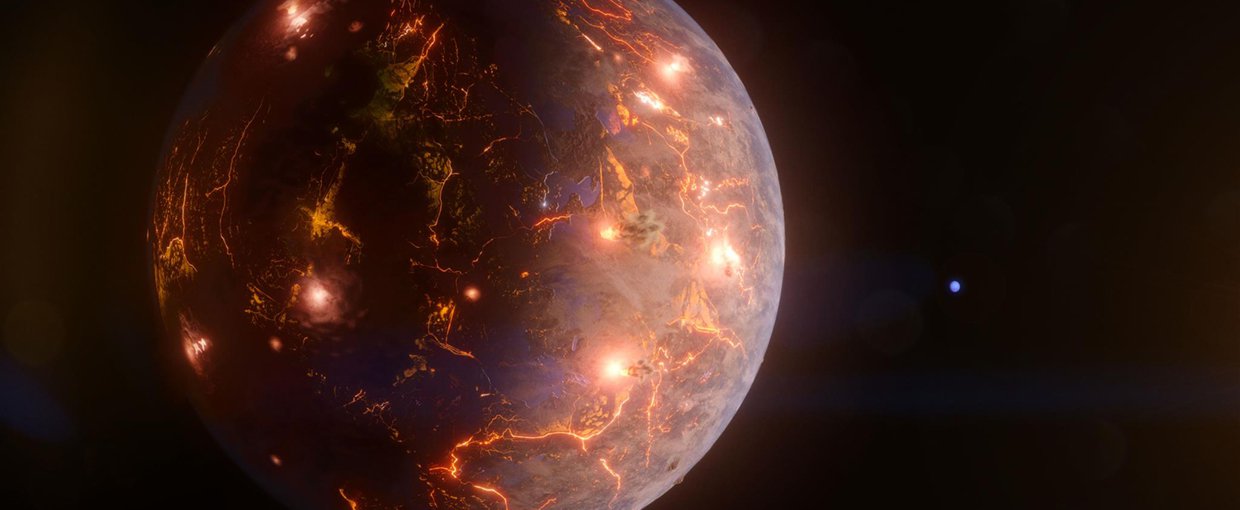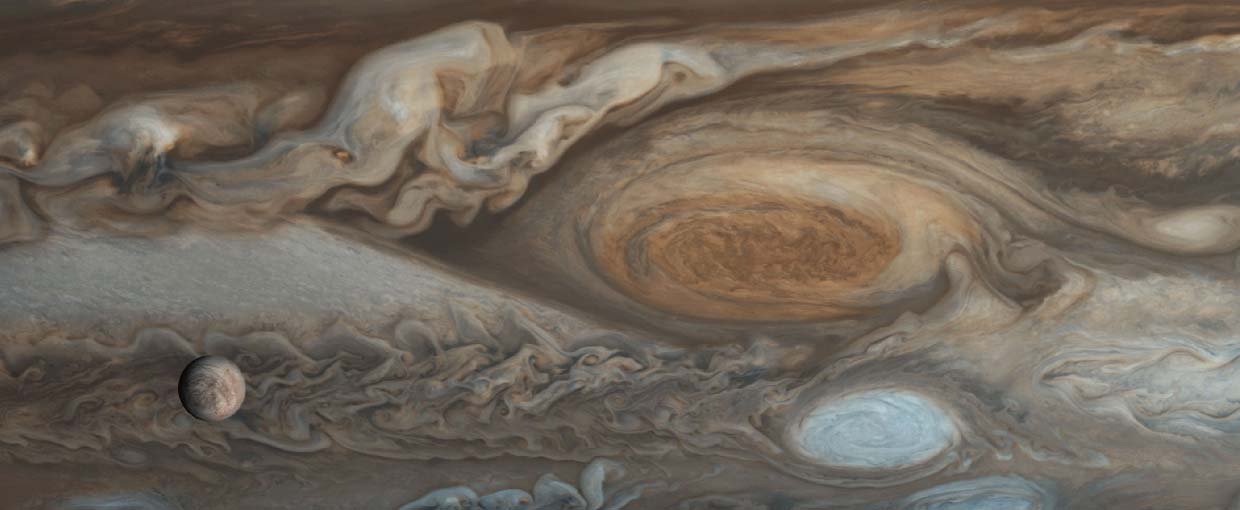Ostberg, C., & Kane, S. R. (2019). Predicting the Yield of Potential Venus Analogs from TESS and Their Potential for Atmospheric Characterization. The Astronomical Journal, 158(5), 195. doi:10.3847/1538-3881/ab44b0
Vides, C. L., Macintosh, B., Binder, B. A., De Rosa, R. J., Ruffio, J-B., & Savransky, D. (2019). Model of the Search for Extraterrestrial Intelligence with Coronagraphic Imaging. The Astronomical Journal, 158(5), 207. doi:10.3847/1538-3881/ab40b8
Bera, P. P., Sandford, S. A., Lee, T. J., & Nuevo, M. (2019). The Calculated Infrared Spectra of Functionalized Hexamethylenetetramine (HMT) Molecules. The Astrophysical Journal, 884(1), 64. doi:10.3847/1538-4357/ab3c4f
Garrod, R. T. (2019). Simulations of Ice Chemistry in Cometary Nuclei. The Astrophysical Journal, 884(1), 69. doi:10.3847/1538-4357/ab418e
Nesvorný, D., & Vokrouhlický, D. (2019). Binary survival in the outer solar system. Icarus, 331, 49–61. doi:10.1016/j.icarus.2019.04.030
Romano, D., Matteucci, F., Zhang, Z-Y., Ivison, R. J., & Ventura, P. (2019). The evolution of CNO isotopes: the impact of massive stellar rotators. Monthly Notices of the Royal Astronomical Society. doi:10.1093/mnras/stz2741
Feng, T., Lang, C., & Pasek, M. A. (2019). The origin of blue coloration in a fulgurite from Marquette, Michigan. Lithos, 342-343, 288–294. doi:10.1016/j.lithos.2019.06.003
Goodrich, C. A., Zolensky, M. E., Fioretti, A. M., Shaddad, M. H., Downes, H., Hiroi, T., … Jenniskens, P. (2019). The first samples from Almahata Sitta showing contacts between ureilitic and chondritic lithologies: Implications for the structure and composition of asteroid 2008 TC 3. Meteoritics & Planetary Science, 54(11), 2769–2813. doi:10.1111/maps.13390
Kang, W., & Wordsworth, R. (2019). Collapse of the General Circulation in Shortwave-absorbing Atmospheres: An Idealized Model Study. The Astrophysical Journal, 885(1), L18. doi:10.3847/2041-8213/ab4c43
Teague, R., Bae, J., & Bergin, E. A. (2019). Meridional flows in the disk around a young star. Nature, 574(7778), 378–381. doi:10.1038/s41586-019-1642-0



